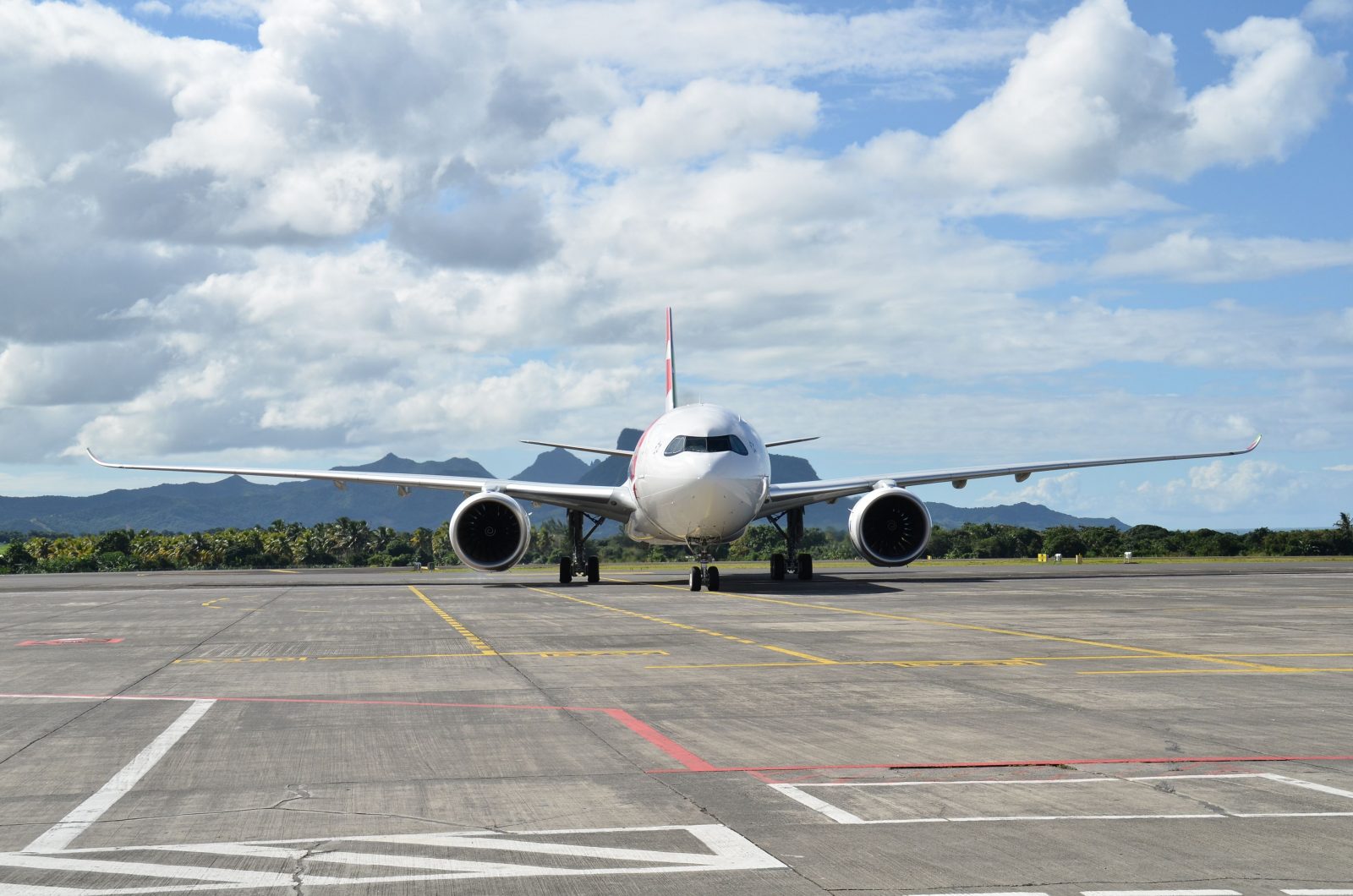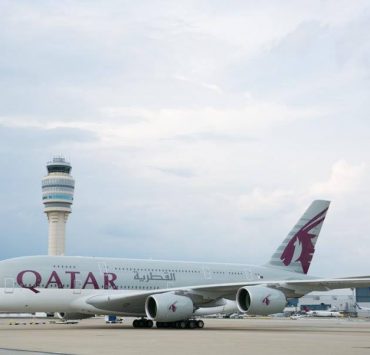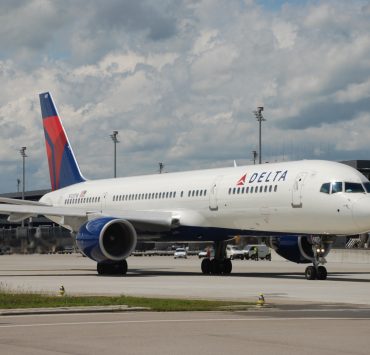
A new report by the European Air Safety Agency (EASA) recommends introducing a raft of new rules to reduce the risk of flight and cabin crew suffering from dangerous levels of fatigue – especially during night flights. The recommendations follow a huge study of current Flight Time Limitations (FTL) that involved hundreds of airline crew from 24 airlines across Europe.
Current Europe-wide FTL regulations have been in place since 2014 and set a minimum standard to mitigate the risk of flight crew suffering from fatigue. The rules are based on what we currently know about fatigue and how it can reduce both mental and physical performance because of a chronic lack of sleep, extended wakefulness and naturally occurring circadian rhythms.
The cause of the vast majority of aircraft accidents have been attributed to human factors, very often linked to tiredness or fatigue. Flight Time Limitations exist in order to compel airlines to create rosters for pilots and cabin crew that reduce scientifically proven causes of fatigue such as a lack of rest between flights, extended duty periods and a lack of rest during long-haul flights.
EASA maintains that the only effective countermeasure against fatigue is sufficient and high-quality sleep – not only before a flight but in some cases during a flight as well.
The results from this latest study has found there’s a significant risk of fatigue on night flights, as well as during duty periods that finish late in the evening. That might sound obvious but the current rules only require airlines to offer enhanced rest for crew on night flights of 10-hours or more.
This study could bring about two major changes to how airlines help prevent fatigue amongst their crew. The first, comes from the idea that you could prevent crew suffering fatigue in-flight by requiring them to rest before they report for duty – in reality, that’s difficult to achieve because even with a requirement that crew live within a 2-hour drive of their home airport, they’ll still need to be awake from several hours before they report for work.
But new regulations may introduce pre-flight crew rest, meaning that flight and cabin crew would have to report for duty in order to go straight to bed at special facilities provided at or near the airport.
The other change may see airlines being compelled to offer proper in-flight rest on shorter overnight flights. At present, many operators simply provide Economy seats or even jumpseats despite mounting evidence that crew are suffering the same fatigue levels as longer duty periods.
EASA regulations are by no means perfect. Many airlines actually offer more rest and better conditions than the minimum standards. It’s also important to mention that getting enough rest is a shared responsibility – flight and cabin crew are just as responsible for ensuring they use their rest periods to actually get some rest.
There aren’t going to be any changes overnight – EASA plans another study to build on this research but that won’t even begin until 2020. In the meantime, the agency plans to work with airlines and the scientific community to develop better rest opportunities although this is likely to be non-compulsory and will rely on the cooperation of industry partners to proactively work with safety regulators.
Mateusz Maszczynski honed his skills as an international flight attendant at the most prominent airline in the Middle East and has been flying throughout the COVID-19 pandemic for a well-known European airline. Matt is passionate about the aviation industry and has become an expert in passenger experience and human-centric stories. Always keeping an ear close to the ground, Matt's industry insights, analysis and news coverage is frequently relied upon by some of the biggest names in journalism.









